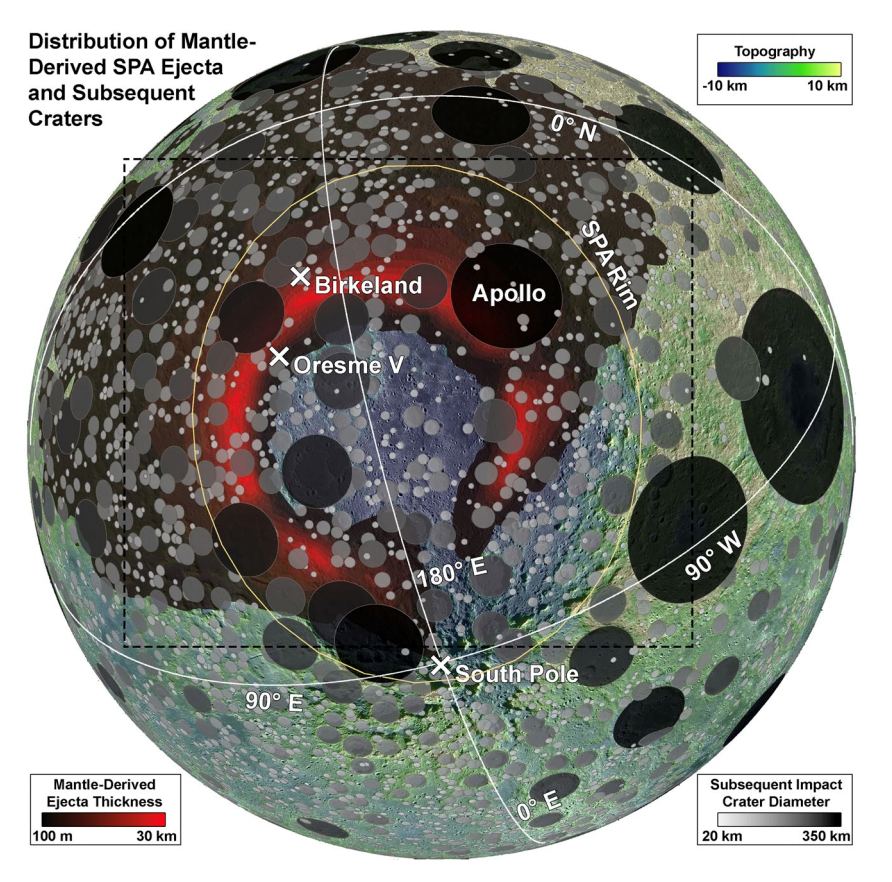The massive South Pole-Aitken (SPA) basin is one of the Moon’s dominant features, though it’s not visible from Earth. It’s on the lunar far side, and only visible to spacecraft. It’s one of the largest impact features in the Solar System, and there are many outstanding questions about it. What type of impactor created it? Where did the ejected material end up? Is it feasible or worthwhile to explore it?
But the biggest question could be: how old is it?
Continue reading “Scientists Determine the Age of the Moon’s Oldest and Largest Impact Basin”

